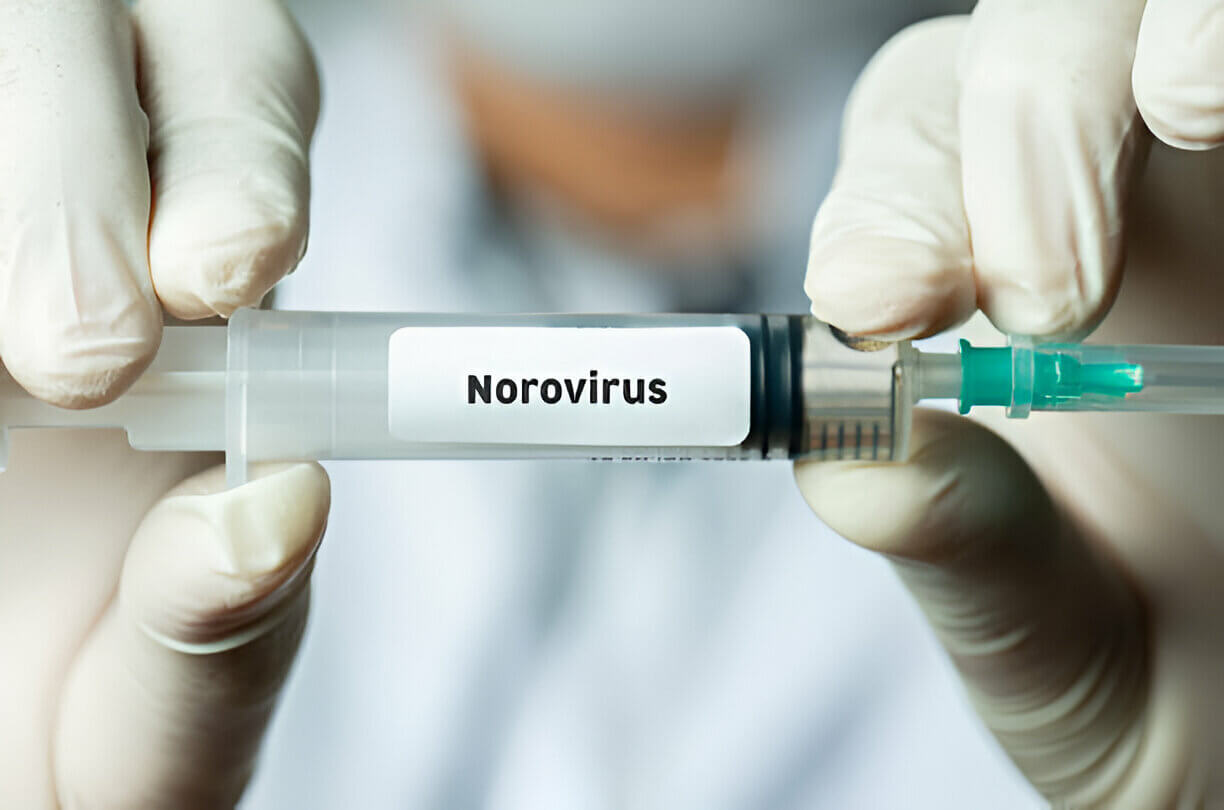A Comprehensive Guide to Norovirus Collection and Testing

Norovirus is a highly contagious virus that causes gastroenteritis, an inflammation of the stomach and intestines. Symptoms include nausea, vomiting, diarrhea, and abdominal cramps. Detecting the presence of norovirus is crucial for controlling its spread and implementing appropriate measures.
Common methods for collecting samples of norovirus
-
1. Stool Samples: This is the preferred specimen for norovirus testing. Collect at least 5 grams of stool containing the virus and place it in a clean, sterile, and dry container for testing.
-
2. Rectal Swabs: While rectal swabs can be used for detection, their sensitivity is lower than stool samples, and they are more prone to false-negative results. Therefore, they are less commonly used in clinical settings.
-
3. Vomit Samples: Collect at least 5 grams of vomit containing the virus and place it in a clean, sterile, and dry container for testing.
-
4. Water Samples: If a norovirus outbreak is suspected to be waterborne, collect at least 1 liter of water for testing.
-
5. Environmental Swabs: Norovirus can be detected on surfaces such as kitchen counters, toilets, doorknobs, and toys. Swab these surfaces with sterile swabs and then place the swabs in a buffer solution for testing.
Methods for Detecting Norovirus Infection
Norovirus is a highly contagious virus that causes acute gastroenteritis. Rapid and accurate detection of norovirus is crucial for controlling its spread and treating patients effectively. Several methods have been developed and employed for norovirus detection:
-
Reverse Transcription Polymerase Chain Reaction (RT-PCR): This is considered the "gold standard" for norovirus detection due to its high sensitivity and specificity. RT-PCR amplifies and detects the viral RNA genome present in clinical specimens like stool, vomit, or environmental swabs.
-
Real-Time RT-PCR: This quantitative technique uses fluorescent probes or dyes to allow real-time monitoring of PCR amplification. TaqMan and SYBR Green assays are commonly used for sensitive and specific norovirus quantification.
-
Multiplex RT-PCR: This method uses multiple primer sets in a single reaction to simultaneously detect different norovirus genogroups or genotypes, reducing time and costs.
-
Loop-Mediated Isothermal Amplification (LAMP): LAMP is an isothermal nucleic acid amplification technique that can rapidly amplify norovirus RNA at a constant temperature (60-65°C) using 4-6 specially designed primers. Recent innovations have coupled LAMP with portable glucose meters for on-site norovirus detection.
-
Nested PCR: This two-step PCR enhances sensitivity by using two sets of primers in successive runs, but is labor-intensive.
-
Microarrays: This approach immobilizes many probes on a solid support to simultaneously detect multiple viruses like norovirus by hybridization.
-
Enzyme-Linked Immunosorbent Assay (ELISA): Commercial ELISA kits detect norovirus antigen using specific antibodies but may have lower sensitivity than molecular methods.
-
Immunochromatographic Assays (ICA): Lateral flow tests that use antibodies to capture norovirus antigen from specimens offer rapid on-site detection, but with limited sensitivity.
While RT-PCR remains the gold standard, techniques like LAMP and microarrays are promising for rapid, sensitive and high-throughput norovirus screening. The choice of method depends on the setting, resource availability and performance requirements. A multi-target approach combining techniques may enhance overall detection capabilities.
Click to View → Mantacc FB-YT01 Disposable Stool Sample Collection Kit
Introducing the revolutionary Mantacc FB-YT01 Disposable Stool Sample Collection Kit – the ultimate solution for seamless and hygienic stool sampling. Designed with transparency and ease in mind, this kit features a clear PE material for unobstructed visibility of the sample. The smooth surface and sturdy sampling stick ensure effortless and damage-free collection. With its one-piece sealed design, you can trust in secure and sanitary preprocessing. The hollow snap-off stick allows for hassle-free transfer of the preservative solution into the dilution bottle. Say goodbye to messy and complicated stool sampling procedures.











